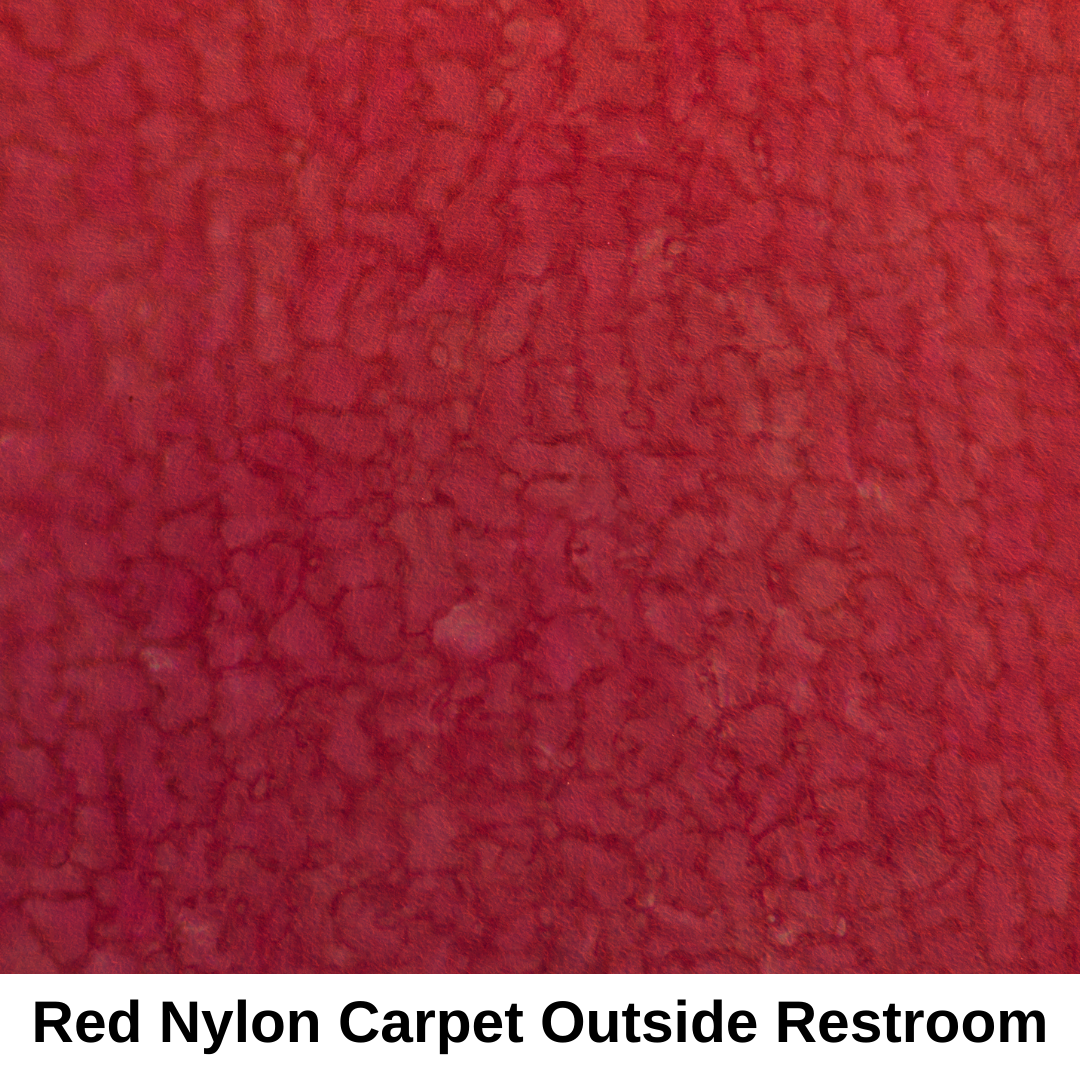During the COVID-19 pandemic, facilities have been using more disinfectants more often than ever before. This includes on flooring, which contributes to cross-contamination so is an important surface to disinfect, especially given that each of us has
as many as 50 direct and indirect contacts daily with floors according to studies. Most facilities have also had to redirect time and money from normal floor maintenance in order to keep up with new cleaning and disinfection protocols. The result
has been 2 separate but related flooring epidemics: quat yellowing and quat walk-off.
What Does "Quat" Mean?
Quat is short for quaternary ammonium, and quats are another way of referring to quaternary ammonium compounds, the most common active ingredient in disinfectant products. In the U.S., the 3 main producers of quats create them by reacting alkyl halides
with tertiary amines—the latter of which are made from ammonia and alcohols.
Quats carry a positive charge, while surfaces of microorganisms (algae, bacteria, fungi, and viruses) carry a negative charge. When a quat-based disinfectant is applied to an object or surface, the positively charged quat attaches itself to the negative
sites on the organism’s cell surface. This results in the disruption of the organism’s cell surface and eventual death.
Quat Yellowing
What Is It?

When quat-based disinfectants are used at the dilution ratios specified on the label, quat yellowing does not generally occur. However, because quats are inherently alkaline, inappropriately high concentrations can act as a mild stripper
to weaken the film on all types of hard resilient flooring, whether it is factory or site finished.
A weaker film is softer, making the finish more susceptible to dirt embedment, which—especially in conjunction with the slightly yellow hue of quats—causes it to yellow. A weaker film also wears prematurely, meaning that the floor does
not have adequate protection against potentially damaging chemicals, as well as a host of other physical risk factors, including surface abrasions, tears, and indentations. Additionally, the positive charge of quats can attract negatively charged
soils that, if allowed to build up, appear dingy or yellow.
What Can I Do About It?
Reinvestment in usual floor maintenance cycles, however, is biggest key to minimizing the risk of quat yellowing, as well as removing it via top scrub and recoat or stripping and refinishing.
Always use quat-based disinfectants (and all products, for that matter) at the proper dilution ratios. If a slight yellowing has begun to occur, rinsing after disinfecting may help prevent further discoloration. You may also consider switching to
a neutral formula—such as pH7Q and pH7Q Dual—as these will not dull, haze, or attack finish and will not leave a residue, or a formula that uses an alternative active ingredient—such
as citric acid in GE Fight Bac™ RTU.
Reinvestment in usual floor maintenance cycles, however, is biggest key to minimizing the risk of quat yellowing, as well as removing it via top scrub and recoat or stripping and refinishing.
Quat Walk-Off
What Is It?

Most quat-based disinfectants are “1-step disinfectants,” meaning that they clean and disinfect in 1 operation. When this type of product is applied to a hard floor surface, surfactants that help with cleaning attract soils and form micelles—soft
spheres of surfactant molecules—around them. These micelles can sometimes be inadvertently transferred to carpeted areas via foot traffic, particularly when disinfectant cleaners are applied in great quantities. If they reach carpets,
and if carpet cleaning chemistries—which typically carry a negative charge—are present, the positive charge of quats cause the micelles-soil-quat particles to “stick” to the carpeted floor (reverse saponification). The
particles may also grab more soils from the shoe soles of passersby, contributing further to an unclean appearance.
What Can I Do About It?
Once quat walk-off has occurred, routine and interim maintenance methods will not be effective until the attraction of the 2 opposite charges is dissipated, which can be accomplished by extraction cleaning. We recommend FiberPRO® Es-Steam™ used in a FiberPRO 8 or FiberPRO 20 carpet extractor. As with quat yellowing, rinsing after disinfection, switching to a formula that does not leave a residue (pH7Q,
pH7Q Dual) or utilizes an active ingredient other than quat (GE Fight Bac RTU), and resuming regular floor maintenance will prevent quat walk-off.
Quat yellowing and quat walk-off are most commonly observed in healthcare settings, but these problems can occur in any facility that is using quat-based disinfectants on floors with extreme frequency. While most manufacturers of disinfectants don’t
like to talk about these topics, Betco® believes in equipping our customers with the knowledge and products to create healthy environments through floor disinfection while also maintaining a level of appearance that contributes
to positive facility perception. It’s all a part of our promise to provide Professional Performance, Every Day.